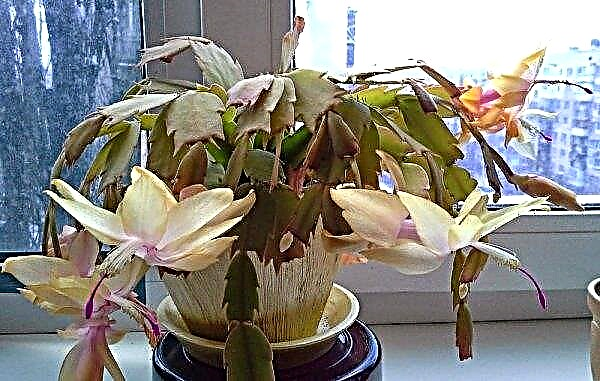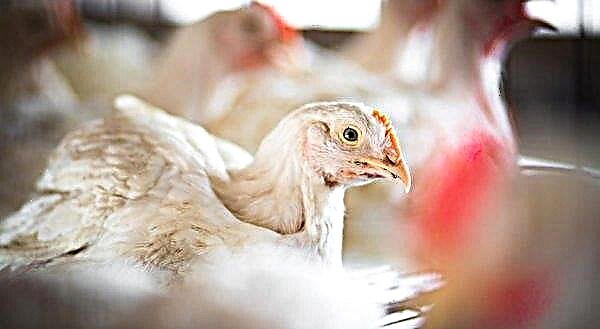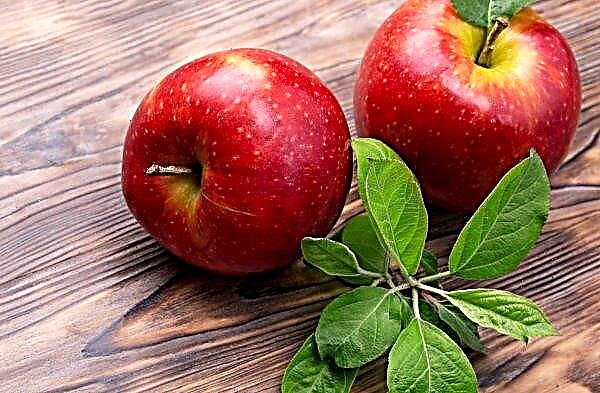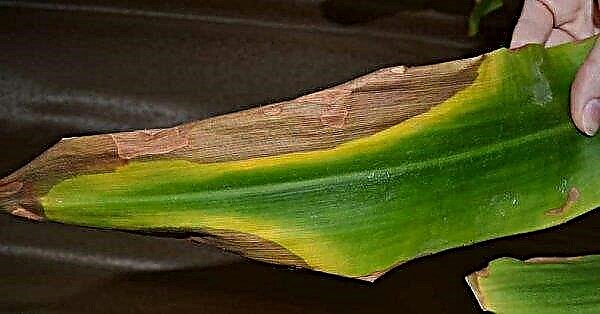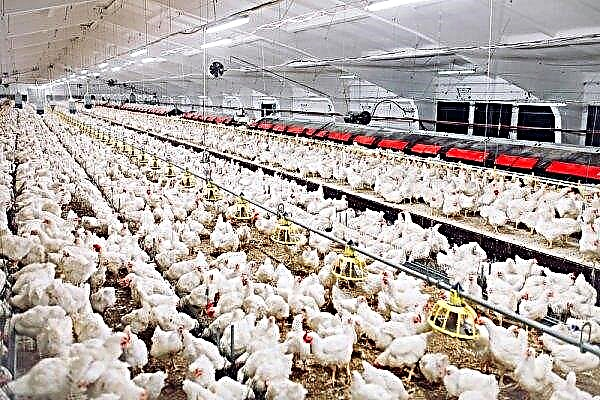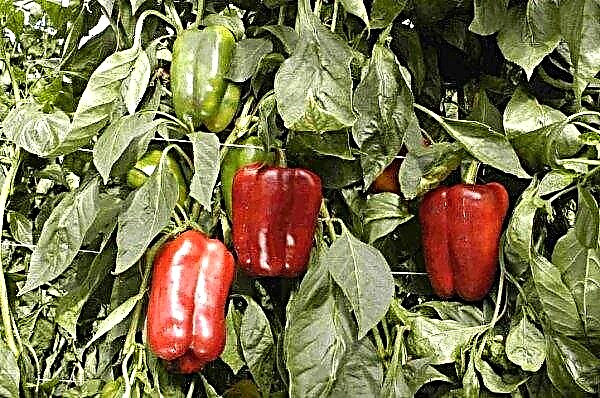When growing watermelons and melons, the key to obtaining a good crop with high quality indicators is proper watering. In this case, the main thing is to take into account the phases of vegetation and choose a method of moisturizing. How often watering melons and watermelons is required, as well as how to properly implement it, read below.
Do watermelons and melons need to be watered?
Throughout the entire period of active vegetation, from the time of sowing to harvest, watermelons and melons need moisture in the soil. It is especially important for gourds that there is a sufficient supply of water after seed germination. Whether these crops should be watered is decided individually in each case, because there are a sufficient number of factors that directly affect the intensity and mode of hydration.

If earlier melons were cultivated only in warm climates, then with certain achievements in breeding, it became possible to grow fruits in a temperate climate, which is characterized by a sufficient amount of annual rainfall, which reduces the need for artificial moisture.
The intensity and frequency of the event in question is affected by the following factors:
- soil quality - loose soils absorb moisture faster, therefore, it is required to make water more often and in large quantities;
- groundwater proximity - when laying at a depth of 1 m, watering is much less common than with a distance of 2 m;
- the quality of agricultural practices for soil care in the form of loosening and mulching - they have the goal of uniform distribution of moisture after irrigation in all layers of the soil and its preservation for a longer period;
- plant vegetation phases - they take into account the transpiration coefficient (the amount of moisture required for plants at different phases of vegetation to form 1 g of dry matter), which increases with the development of the plant organism, reaching its peak during flowering and fruit setting, and decreases to a minimum during the ripening period.
Did you know? From a botanical point of view, watermelons and melons are pumpkins.
Based on this, hydration is necessarily required for melons at all phases of the growing season, including flowering and the formation of the ovary. It is carried out according to these phases, based on the climatic characteristics of the region. 7-14 days before harvesting, irrigation is completely stopped, despite the weather conditions.
How to determine that watermelon and melon need to be watered
It is very difficult to articulate a specific schedule for applying liquid to the soil in general for gourds. It is determined depending on factors of influence and phases of vegetation. Add water on demand. The main task is to prevent the soil from drying out to a depth of 7-10 cm.
Check it out is simple enough. You need to take a little land from the specified depth, and squeeze in the palm of your hand. If during compression it forms into a lump and does not crumble, then watering is not needed. When scattering a lump, they moisturize.

Water selection for irrigation
To moisten watermelons and melons, it is necessary to use water at a temperature that corresponds to the temperature of the environment. Moisturizing with a cold liquid will lead to decay and the death of the root system. The most correct option is to collect it in large tanks installed in a well-lit area. During the day, the liquid warms up in the sun, and in the evening it can be used for irrigation using any method convenient for the user.
When performing the event under consideration, it is worth considering the time of feeding. Due to the fact that most fertilizers are applied by the root method in the form of a solution, the amount of total moisture and the application time should be correctly distributed. For example, for each plant in a particular phase of the growing season, you need to pour 7 liters of water, and make a fertilizer solution of 1 liter. First you need to calculate the amount of clean water: 7-1 = 6 liters. This amount is applied in the morning, and 1 liter of fertilizer is poured in the evening. Similarly, they make calculations for every time that watering coincides with top dressing.
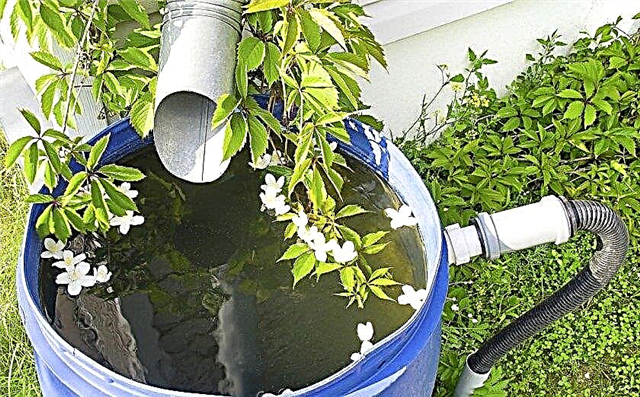
How often to seedlings
After emergence, seedlings of watermelons and melons should be watered often and with little mobility. The main requirement is to prevent the soil from drying out in pots, while not provoking waterlogging. The optimum indicator of soil moisture should always be maintained within 50%. A week before transplanting into open ground, seedlings are stopped watering.
Important! If in the period after planting seedlings of watermelons and melons it rains, then watering is not carried out at all, and when cloudy weather is established without precipitation, they are watered once a week.
Before transplanting into open ground, the site is moistened very abundantly. The humidity indicator should reach 90%. After 2 days, seedlings are planted. The first watering to plants is carried out 7 days after transplantation. Carry it under the root with the help of a watering can with a long "nose." The frequency of water is every 2 days. The consumption for the plant is 2 liters for melon, 3 liters for watermelon.

Intensity of watering watermelons and melons in open ground
The moisture content of the crops in question depends directly on the phases of vegetation, or rather, the transpiration coefficient during these periods:
| Vegetation phase / day of cultivation | Transpiration | Water Soil Intensity |
| seedlings / 1–20 | 400–500 | 5-7 cm |
| braiding / 21-50 | 700–800 | 40 cm |
| flowering / 51–80 | 950–1050 | 70–80 cm |
| fruit setting / 81–100 | 800–900 | 70 cm |
How much and how to properly watermelon and melon
In the period before flowering begins, melons continue to water once every 2 days, bringing 3 liters of water under the bush. In the flowering phase, the irrigation intensity is increased to 6-7 l, and the multiplicity is reduced to 2 times a week. Immediately after flowering, in the period of fruit setting, they switch to the regime - once every 10 days, 10-12 liters under the bush. 1-2 weeks before harvesting, watering is completely stopped.

Watering Methods
When growing the crops in question, you can use several methods of watering:
- manual;
- in the aisles of the hose;
- drip.
Important! After each watering, be sure to loosen the soil around the plants and the aisles to evenly distribute the liquid in its lower layers.
Manual
This method is suitable for those who grow a very small number of fruits. It is carried out using a bucket or a watering can. Water is poured under the root. The advantage of the method is the ability to control the amount of fluid entering the soil, as well as the complete elimination of the risk of moisture entering the sinuses of the sheets. The disadvantage of such irrigation is the impossibility of its implementation on large areas.

With a hose
From the hose, water is fed into the furrows 5 cm deep, made in the central part of the row-spacings. The technique allows you to apply a large amount of water to a large area in a short time. The hose can be freely connected to any water supply tank. In addition, this technique eliminates the ingress of water to the terrestrial part of plants.

Drip
The drip irrigation method is most popular among farmers. It involves placing the tape system under the soil or on its surface. It looks like a hose connected to a water supply system with layering for each plant. Such a system is easy to operate, allows you to supply water dosed at least every day and completely eliminates moisture in the leaf sinuses. In addition, a thermostat can be installed on such a system, which will maintain the optimum temperature of the water.

The amount of water when watering
The amount of water during irrigation will depend not only on the vegetation phase, but also on the chosen method of applying moisture to the soil:
- When watering manually - 2-3 liters per plant before flowering, then 7 liters per flowering phase, then - 10-12 liters with a frequency of once a week.
- When using a hose - at a time they contribute as much water as is needed by all plants of a particular vegetation phase together, growing in a row. For example, in a row of 20 plants that have not yet entered the flowering phase. So for each you need to apply 3 liters of water. Accordingly, 3 × 20 = 60 l of water is needed for each row. The amount of water in the subsequent phases of the growing season is also calculated (see the amount for each plant in manual irrigation).
- When watering using a drip system - You can make water every day for 1-1.5 l (regardless of the phase of vegetation).
Did you know? Melon peel, as well as watermelon, is used in cooking. They make original side dishes for various dishes, candied fruits.
Tips from experienced gardeners
A few recommendations of experienced farmers:
- Always consider the climate when choosing a regime and irrigation system.
- Water only in the morning or evening hours, when the plants are in the shade, and not under the scorching sun.
- After loosening, try to mulch the soil with fresh grass - this will save moisture in the upper layers for longer and protect the plantings from weeds.

The yield of gourds largely depends on the quality of the event, such as watering. Moistening melons and watermelons is necessary at all phases of the growing season, otherwise they will not have time to accumulate a sufficient amount of juice.

